Optimal Timing for Waterproofing Projects
Proper timing for waterproofing projects is essential to ensure durability and effectiveness. The optimal time depends on weather conditions, temperature, and project scope. Typically, late spring and early fall are considered ideal periods because of moderate temperatures and lower precipitation levels.
Spring offers favorable conditions with rising temperatures and less humidity, making it suitable for waterproofing applications.
Summer can be challenging due to high temperatures and frequent rain, which may affect curing times and adhesion.
Fall provides cooler temperatures and dry conditions, ideal for waterproofing projects before winter.
Winter is generally unsuitable due to freezing temperatures and snow, which hinder proper application and curing.
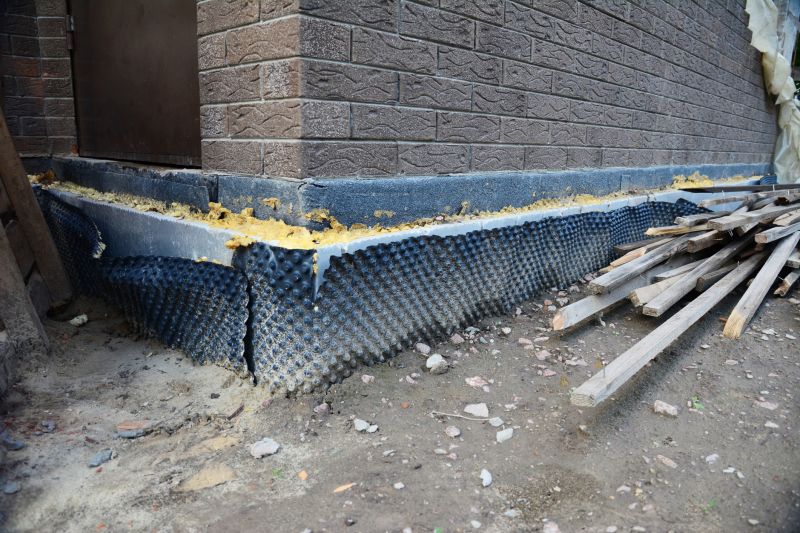
Ways to make Waterproofings work in tight or awkward layouts.

Popular materials for Waterproofings and why they hold up over time.
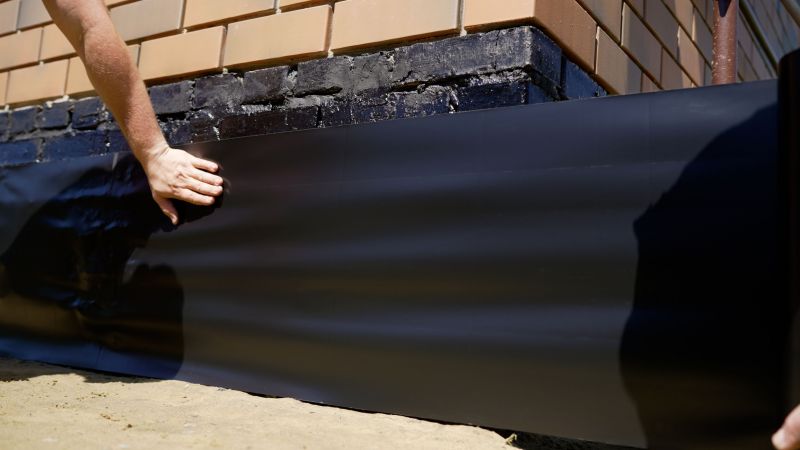
Simple add-ons that improve Waterproofings without blowing the budget.
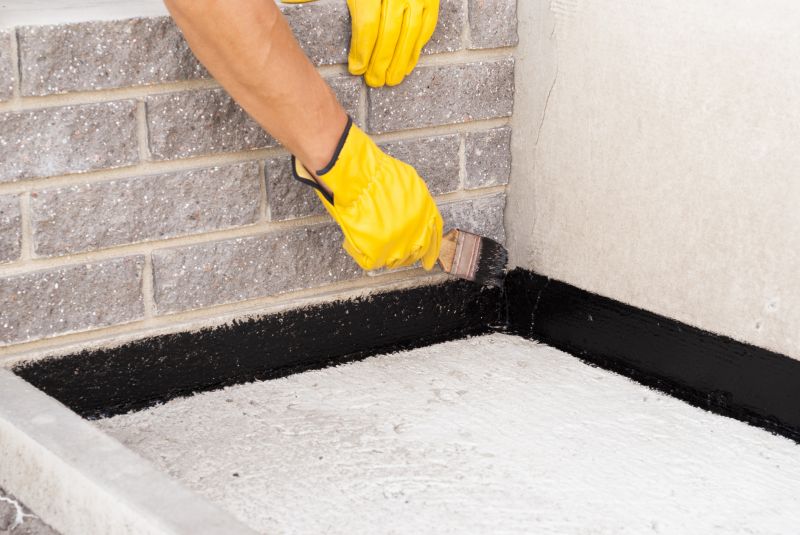
High-end options that actually feel worth it for Waterproofings.

Finishes and colors that play nicely with Waterproofings.

Little measurements that prevent headaches on Waterproofings day.
Waterproofings play a critical role in protecting structures from water intrusion, which can lead to mold, rot, and structural damage. Proper waterproofing extends the lifespan of buildings and reduces maintenance costs. It involves applying specialized materials to surfaces such as foundations, roofs, and walls to create a barrier against moisture penetration.
Statistics indicate that water-related damage accounts for a significant portion of building repairs annually. Effective waterproofing can prevent up to 80% of water intrusion issues, saving costs and preserving structural integrity over time.
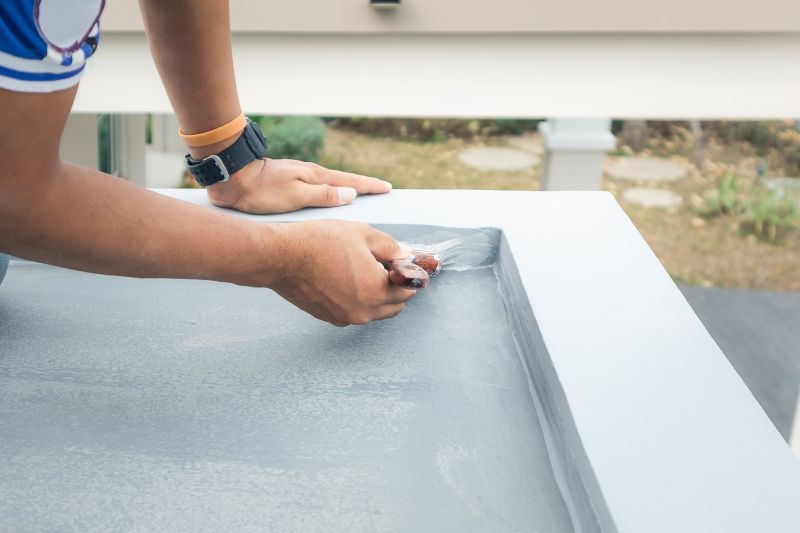
A 60-second routine that keeps Waterproofings looking new.
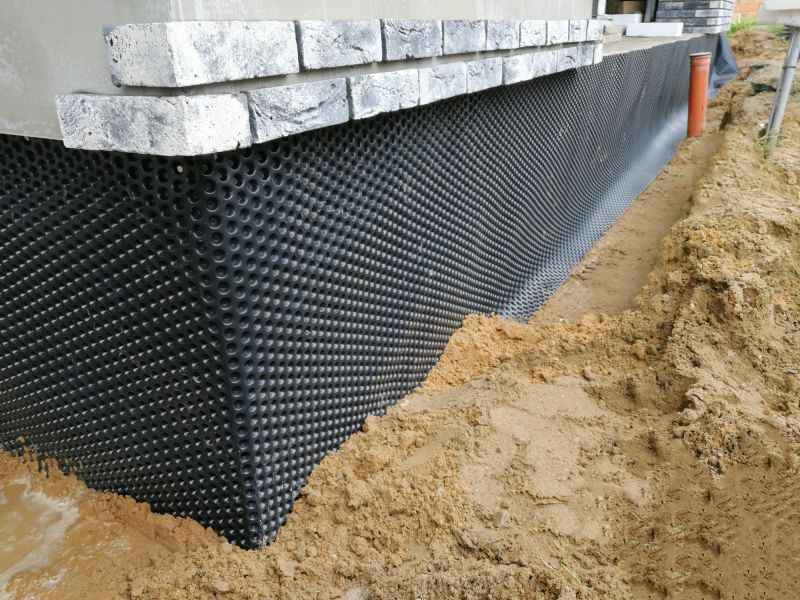
A frequent mistake in Waterproofings and how to dodge it.
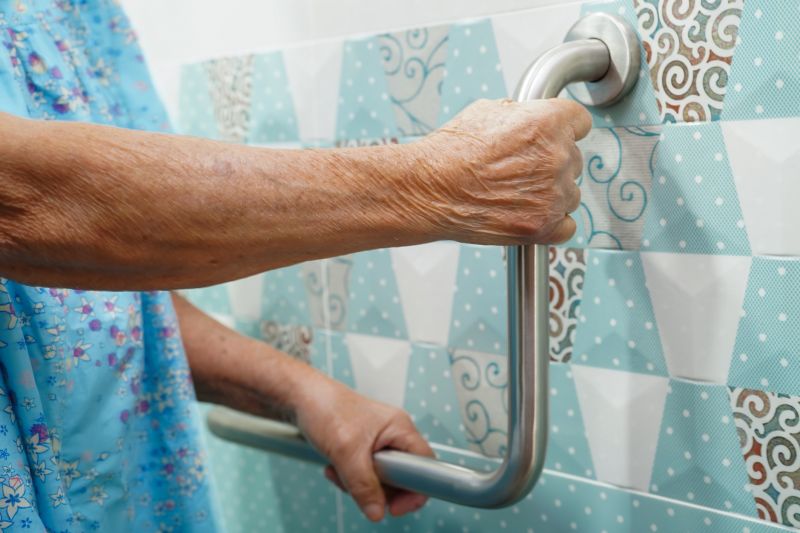
Small tweaks to make Waterproofings safer and easier to use.
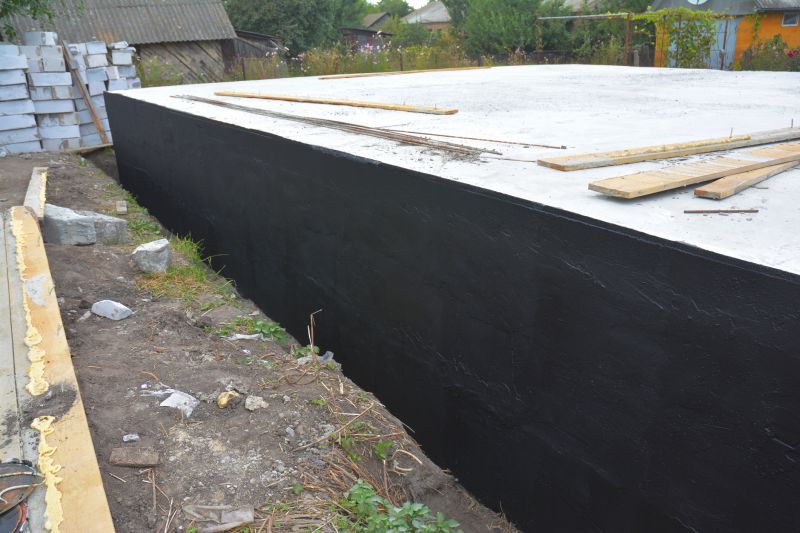
Lower-waste or water-saving choices for Waterproofings.
| Season | Ideal Conditions |
|---|---|
| Spring | Moderate temperatures, low humidity, dry days |
| Summer | High temperatures, risk of rain, challenging for curing |
| Fall | Cooler temperatures, dry weather, optimal for application |
| Winter | Freezing temperatures, snow, unsuitable for waterproofing |
Choosing the right time for waterproofing ensures the longevity and effectiveness of the materials used. Proper planning based on seasonal weather patterns can prevent issues like poor adhesion or incomplete curing, which compromise the barrier against water intrusion.
For those interested in waterproofing services, filling out the contact form provides an opportunity to discuss specific project needs and scheduling options. Proper timing and application techniques are essential for lasting protection against water damage.
